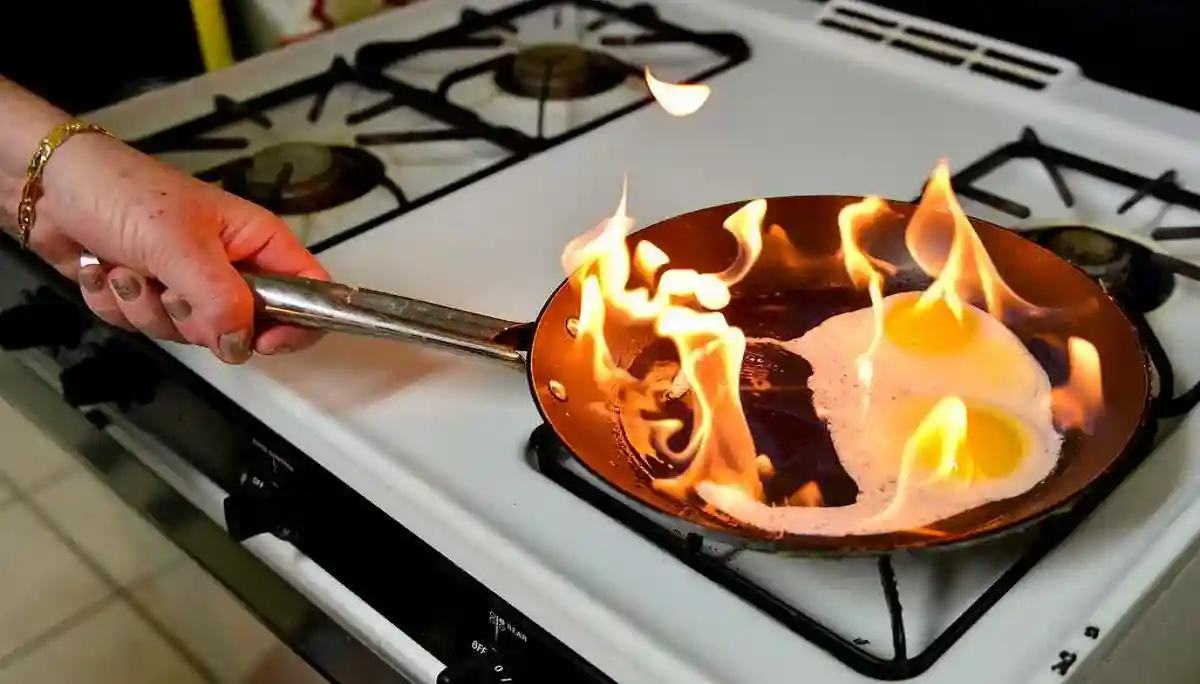Every year, thousands of home fires originate in the kitchen. Having the right fire safety equipment in your kitchen and knowing how to use it can save lives, and it can also help to prevent extensive property damage.
1.Smoke Detectors
Why do you need a smoke & fire detector in the kitchen?
Smoke detectors play a critical role in alerting homeowners to potential fires before they spread, giving you the time you need to safely exit your home and call for help. They are an essential component of kitchen fire safety.
What are the types of smoke &fire detectors available?
Smoke & fire alarm come with different types of sensors: photoelectric sensors that detect smoke, and ionization sensors that detect flames. Some models offer both types of sensors in a dual-sensor configuration. These dual-sensor smoke and fire detectors can be particularly sensitive and effective at detecting fires.
What are the best smoke detectors for the kitchen?
Based on research, here are some top-rated smoke detectors that are suitable for kitchen use:
- First Alert Dual Sensor Smoke and Fire Alarm.
- Kidde Smoke & Carbon Monoxide Detector with Voice Alerts, Battery Powered, Combination Smoke & CO Alarm
- First Alert Ionization Smoke Alarm with 10-Year Sealed Tamper-Proof Battery.
- X-Sense 2-in-1 Photoelectric Smoke and Carbon Monoxide Detector Alarm.
- First Alert Photoelectric Smoke and Carbon Monoxide Alarm with Built-in 10-Year Battery.
Note: A smoke detector is not a substitute for a carbon monoxide alarm. You should have a carbon monoxide alarm on every level of your home.
Where to place a smoke detector in the kitchen?
Contrary to what you might think, smoke detectors should not be placed inside the kitchen. Instead, they should be located just outside the kitchen. This is because if the smoke detector is in your kitchen, it may go off frequently due to normal cooking activities, leading you to disable or ignore it, reducing its effectiveness in the event of an actual fire.
2. Fire Extinguishers
Fire extinguishers are another key element of kitchen fire safety. They can allow you to quickly and effectively put out small fires before they spread, potentially preventing a larger disaster.
What are the types of fire extinguishers available?
What are the best fire extinguishers for the kitchen?
Where to place a fire extinguisher in the kitchen?
Much like with smoke detectors, fire extinguishers should be placed just outside the kitchen. This location allows for easy access during a kitchen fire while avoiding potential hazards associated with storing the extinguisher in the kitchen itself.
3. Fire Blankets
Fire blankets are made of fire-resistant materials and are designed to smother small fires. They can be particularly useful in the kitchen for fires involving cooking oils and fats, which can be dangerous or impossible to put out with water.
How to use a fire blanket?
To use a fire blanket, you should:
- Pull the tabs to release the fire blanket.
- Hold the fire blanket using the tabs so it covers your hands and wrists.
- Place the blanket over the fire, making sure to completely cover it.
What are the best fire blankets for the kitchen?
Based on research, here are some top-rated fire blankets that are suitable for kitchen use:
- Tonyko Fiberglass Fire Blanket.
- Inf-way Fire Blanket.
- DIBBATU Fire Blanket.
Where to place a fire blanket in the kitchen?
Fire blankets should be stored in a location that is easy to access in case of a fire, but away from potential fire sources. A common place is on a wall near the kitchen exit, so it can be quickly grabbed on the way out if needed.
Having the right fire safety equipment in your kitchen is crucial. A smoke detector, a fire extinguisher, and a fire blanket can be instrumental in preventing a small kitchen mishap from turning into a larger disaster. Be sure to regularly check your equipment to ensure it’s in good working order and remember to replace batteries and extinguishers as recommended by the manufacturer.
WATCH — 13 things to keep in mind while naming your baby

